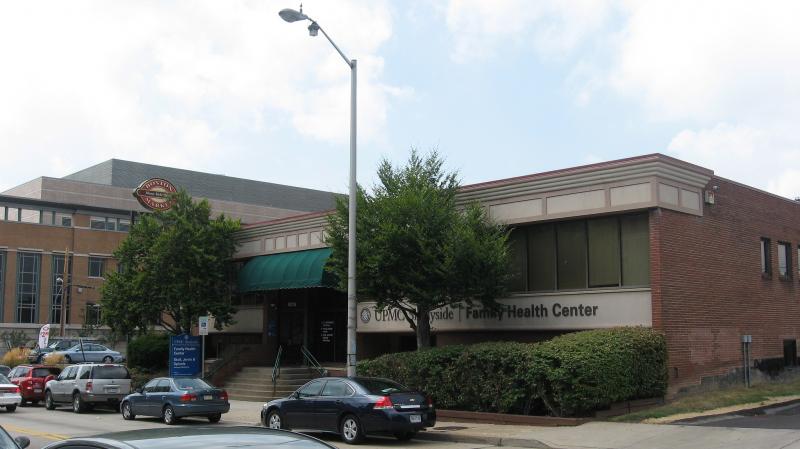The Importance of Communication in Quality Improvement
This post was written by Makenzie Zidek, a behavioral health care coordinator at Shadyside Family Health Center.
At the Shadyside Family Health Center, all residents must complete an individual quality improvement project that is aimed at improving patient care at the clinic. Each year the new residents begin to brainstorm and propose great ideas that, if executed properly, would have a beneficial and lasting impact on the health center. However, when all is said and done, very few of the project are sustained and most of them never reach their full potential. What determines which projects last? More often than not the answer to that question is how effectively the residents communicate their ideas to the staff at the health center.
I have experienced the challenges of effectively communicating ideas firsthand since
I have been assisting one of the residents with his quality improvement project. His project aims to improve follow-up care of depression patients by implementing the use of a depression care manager (my role) to meet with patients in the office and check in with them in between office visits. The concept of this idea seems simple enough, but in order for the care manager to find patients to call and follow up with, physicians must refer depression patients to the care manager, which has proved to be the main roadblock in this project.
In order to introduce a care manager into the clinic flow, we needed not only to inform more than 30 doctors that this care manager role now existed and that they would need to refer patients, but we also needed to encourage them to “buy-in” to the project, which has continued to be the most difficult part. At the beginning of my service, I thought the idea of implementing a new idea that would benefit all parties involved would be an easy task. I quickly discovered that once people are set in their ways it is very challenging to get them used to a new routine, even if it seems like a minor change from an outside point of view.

We tried various methods to announce our new plans to the faculty, residents, and staff, such as making daily announcements before each patient session, sending out updates in the weekly emails, hanging posters all around the clinic, and even attaching reminder cards to the computer monitors in each patient room. Still after all that effort, we were lucky to get one referral a week. We started to become more successful in getting the message out when we realized that there is not one superior way to communicate. Sometimes repeatedly making announcements to a large group of people works, but in this case it didn’t. We needed to mold our methods so that they were most effective for the different people that we were trying to inform. We learned that we not only had to communicate differently between patients, doctors, and nurses, but also had to communicate differently based on each individual person. I found certain physicians responded better to email updates or group announcements while others preferred I pulled them aside and told them exactly what they needed to know.
Although this example is specific to my host site, the concept is very generalizable. Learning how communicate effectively is a skill you will need throughout your entire life. Whether it is trying to implement a quality improvement project at a clinic, working on a community intervention at a health department, or planning a teambuilding activity for your AmeriCorps group, knowing how how to communicate is key.